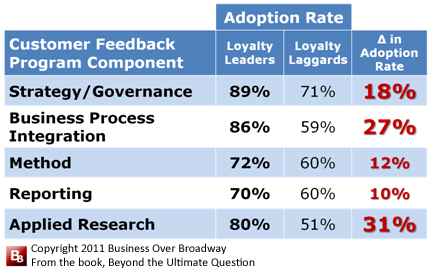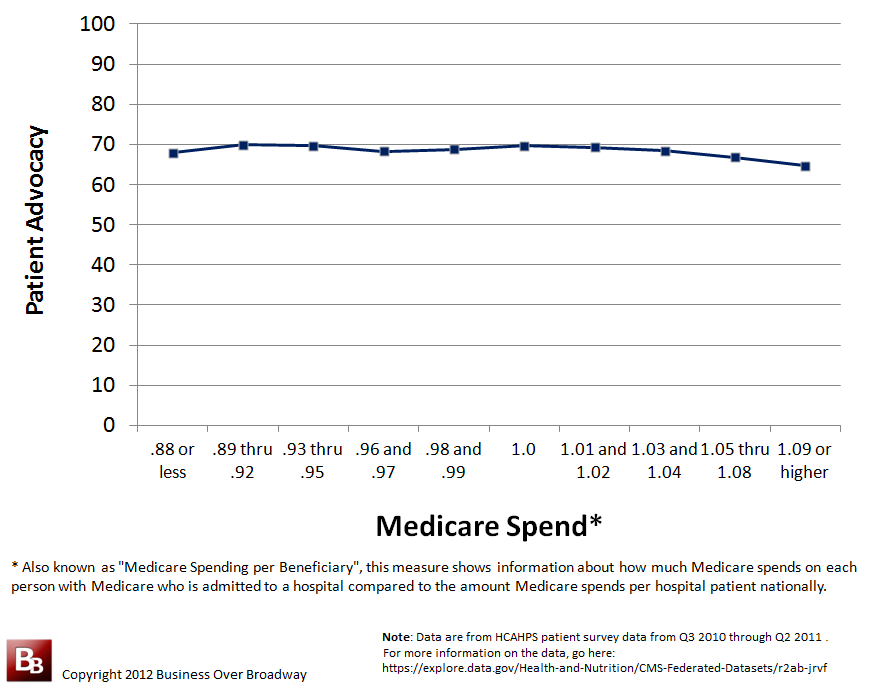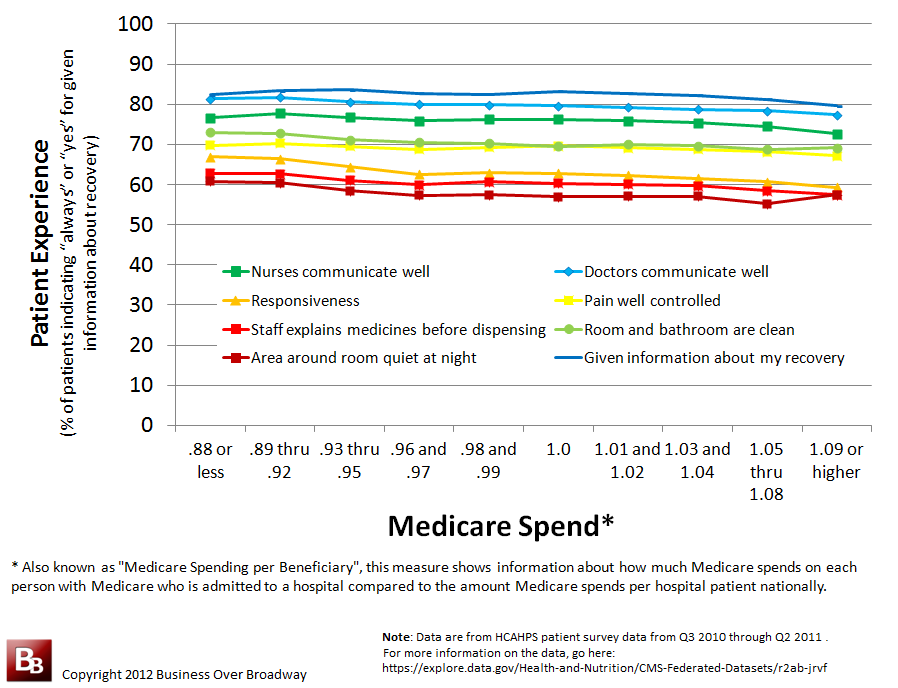Patient experience (PX) has become an important topic for US hospitals. The Centers for Medicare & Medicaid Services (CMS) will be using patient feedback about their care as part of their reimbursement plan for acute care hospitals (see Hospital Value-Based Purchasing (VBP) program). According to QualityNet, the purpoase of the VBP program is to promote better clinical outcomes for patients and improve their experience of care during hospital stays. Not surprisingly, hospitals are focusing on improving the patient experience to ensure they receive the maximum of their incentive payments. But what is the cost of a good patient experience? Does increased hospital spending on medical services translate into a better patient experience?
Medicare Spending Per Beneficiary (MSPB)
Medicare tracks how much they spend on each patient with Medicare who is admitted to a hospital compared to the amount Medicare spends per hospital patient nationally. Also known as “Medicare Spending per Beneficiary (MSPB)”, this measure assesses the cost of care. By measuring cost of care with this measure, CMS hopes to increase the transparency of care for consumers and recognize hospitals that are involved in the provision of high-quality care at lower cost to Medicare.
The MSPB measure for each hospital is calculated as the ratio of the MSPB Amount for the hospital divided by the median MSPB Amount across all hospitals. A hospital with an MSPB value of 1.o indicates that the hospital’s spending per patient is average. A hospital with an MSPB value less than 1.0 indicates that the hospital’s spending per patient is less than the average hospital. A hospital with an MSPB value greater than 1.0 indicates that the hospital’s spending per patient is greater than the average hospital.
Patient Experience
Patient experience (PX) reflects the patients’ perceptions about their recent inpatient experience. PX is collected by a survey known as HCAHPS (Hospital Consumer Assessment of Healthcare Providers and Systems). HCAHPS (pronounced “H-caps“) is a national, standardized survey of hospital patients and was developed by a partnership of public and private organizations and was created to publicly report the patient’s perspective of hospital care.
The survey asks a random sample of recently discharged patients about important aspects of their hospital experience. The data set includes patient survey results for over 3800 US hospitals on ten measures of patients’ perspectives of care (e.g., nurse communication, pain well controlled). I combined two general questions (Overall hospital rating and recommend) to create a patient advocacy metric. Thus, a total of 9 PX metrics were used. Across all 9 metrics, hospital scores can range from 0 (bad) to 100 (good). You can see the PX measures for different US hospital here.
The Relationship Between Medicare Spend and Patient Loyalty/Experience
Hospitals were divided into 10 groups based on their MSPB score. Figure 1 contains the plot of patient advocacy for each of the 10 MSPB levels. Figure 2 contains the plot of patient experience ratings for each of the 10 MSPB levels.
There were statistically significant differences across the 10 segments. Although these differences were statistically significant, the differences were not substantial. Specifically, the MSPB segments accounted for about 4.5% of the variance in patient metrics.
We might expect hospitals that spend more on medical services per patient would receive higher patient experience ratings. The patients are, after all, receiving more resources directed toward them compared to hospitals who spend less on medical services. If anything, we see that as the cost of care goes up, patient experience actually decreases (however slightly).
Improving Patient Loyalty and the Patient Experience

Figure 3. Adoption Rates of Customer Feedback Program Practices of Loyalty Leaders and Loyalty Laggards
One possible approach to understand patient experience/loyalty differences across hospitals is to understand how hospitals build their patient experience (PX) programs. How mature is their PX program? Do they even have a PX program? In other industries, we know that loyalty leading companies structure their customer experience programs differently than loyalty lagging companies (see Figure 3). Specifically, loyalty leaders: 1) have top executive support of the customer program, 2) communicate all aspects of the program throughout the company and 3) integrate their customer feedback with other business data for deep dive customer research. I suspect these same processes (or something similar) are key to a successful PX program (e.g., high patient loyalty and patient experience) in the hospital setting. But that is an empirical question.





 Beyond the Ultimate Question
Beyond the Ultimate Question Measuring Customer Satisfaction and Loyalty (3rd Ed.)
Measuring Customer Satisfaction and Loyalty (3rd Ed.)
[…] best findings that Dr. Bob unearthed in the data is in his last blog post about the topic: “A Good Patient Experience Does Not Start with Medical Spending.” Like many businesses, sometimes one hopes that if you just spend more money, the problem […]